Medieval Christmas carols recognize the valuable contributions of animals, in addition to donkeys, to well-being of the Holy Family.
Donkeys and date palm trees in Kibbutz Eilot, Aravah Valley, southernmost Israel: Dr. Avishai Teicher Pikiwiki Israel, CC BY 2.5, via Wikimedia Commons @ https://commons.wikimedia.org/wiki/File:PikiWiki_Israel_29332_Date_palm_trees_in_Kibbutz_Eilot.JPG
French celebrations of the Christmas season highlight the search for lodgings in Bethlehem and the flight into Egypt, both events eased for Mary via donkey transport.
"Anno Domini (Flight into Egypt)": oil on canvas by Edwin Longsden Long (July 12, 1829 – May 15, 1891): Public Domain, via Wikimedia Commons @ https://commons.wikimedia.org/wiki/File:Edwin_Longsden_Long_-_Anno_Domini.jpg
As representations of the Nativity scene, crèches feature the Holy Family and their donkey, the three Wise Men, and a coterie of barn dwellers, especially cattle and sheep.
Old English carol of medieval French origin, Orientis partibus adventavit asinus (“From the East the donkey came”), honors contributions to Nativity made by cow, donkey, dove, and sheep.
Chapel of Reconciliation, Walsingham, Norfolk, East of England: Thorvaldsson, CC BY 3.0, via Wikimedia Commons @ https://commons.wikimedia.org/wiki/File:Nativity_scene_Chapel_of_Reconciliation_Walsingham.JPG
Modern depiction of a timeless event: Nativity scene on facade of shops on Norwich Road (B1354) in United Kingdom
Aylsham, north Norfolk, East of England: Evelyn Simak, CC BY SA 2.0, via Wikimedia Commons @ https://commons.wikimedia.org/wiki/File:Nativity_scene_-_geograph.org.uk_-_632474.jpg


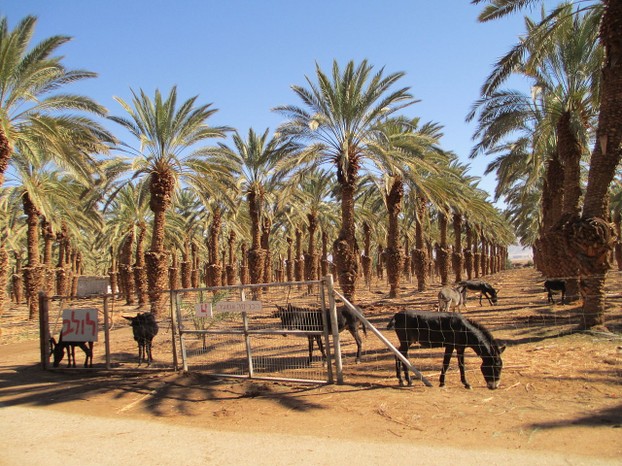
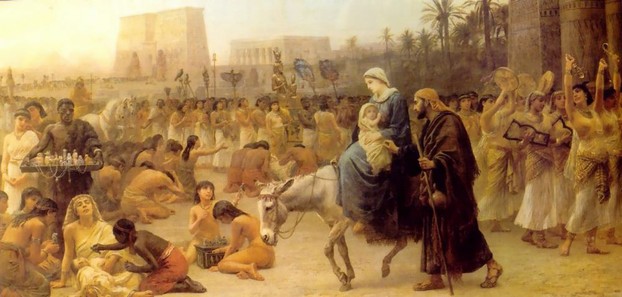
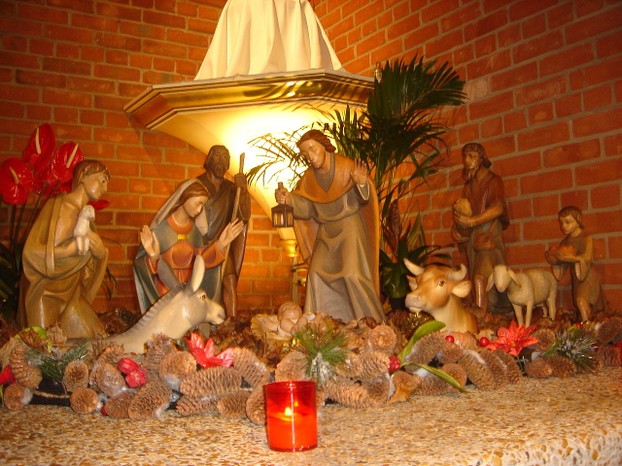
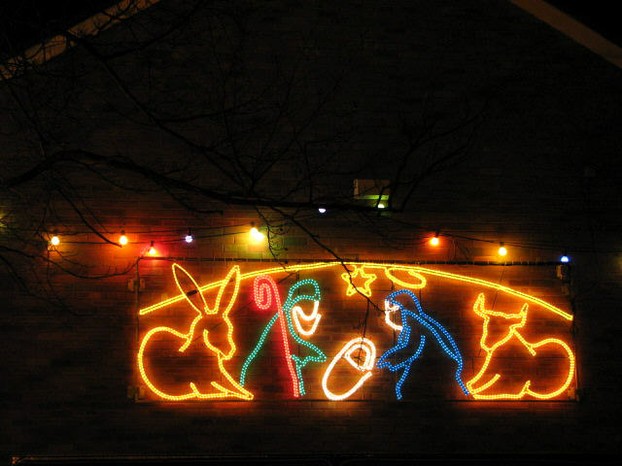
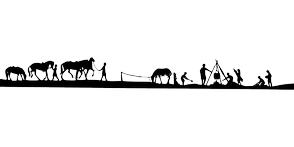


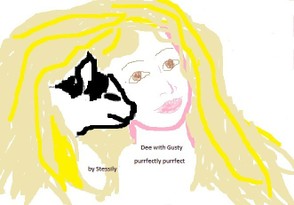
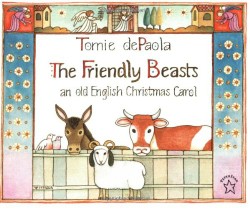

 Are Hawaiian Huakai Po Nightmarchers Avenging Halloween Thursday?on 10/02/2024
Are Hawaiian Huakai Po Nightmarchers Avenging Halloween Thursday?on 10/02/2024
 Mailing Addresses for 2023 Form 4868 Extending 1040 and 1040SR April 15, 2024, Due Dateon 04/15/2024
Mailing Addresses for 2023 Form 4868 Extending 1040 and 1040SR April 15, 2024, Due Dateon 04/15/2024
 Mailing Addresses for 2023 Forms 1040 and 1040SR Filed in 2024on 04/15/2024
Mailing Addresses for 2023 Forms 1040 and 1040SR Filed in 2024on 04/15/2024
 Mailing Addresses for 2022 Form 4868 Extending 1040 and 1040SR April 18, 2023, Due Dateon 04/13/2023
Mailing Addresses for 2022 Form 4868 Extending 1040 and 1040SR April 18, 2023, Due Dateon 04/13/2023

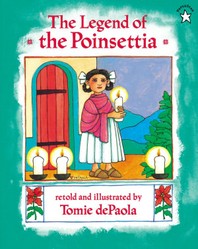
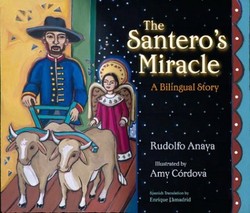
Comments
Mira, It's interesting where crèches are displayed in the world. They aren't just set up outside or inside churches. They also appear elsewhere, for instance, at shopping malls sometimes or in other public places. Perhaps their appearances in public places in the U.S. have decreased over the past decades because of the religion/state issues.
Yes, you're right about the light. I don't know why crèches are not popular here. Reading online I see they are common in other parts of Orthodox Christiandom.
Mira, Me, too, I'm reminded of the same trio of artists for the elements which you've eloquently pinpointed. I'm happy that you appreciate Edwin Longsden Long's painting, for it's one of my favorites. He conveys an "Old World" atmosphere to this painting, and I also appreciate his use of light, especially to the left, almost as if the way is being lit for the Holy Family or as if the light of their holiness shines ahead of them.
Crèches are indeed wonderful. Why do you suppose they aren't part of Orthodox Christianity?
I didn't know of Edwin Longsden Long, or have forgotten his name if indeed I've seen images by him. That painting is very interesting. It reminds me of everything from Delacroix for its exotic elements to the style of Lord Frederick Leighton and the shapes, rather than the style (with its far more linear contours) of the faces and silhouettes of Edward Burne Jones. You brought me joy this evening with your article. And looking at that image of a crèche, I wonder why we don't have them in Orthodox Christianity. They're wonderful.